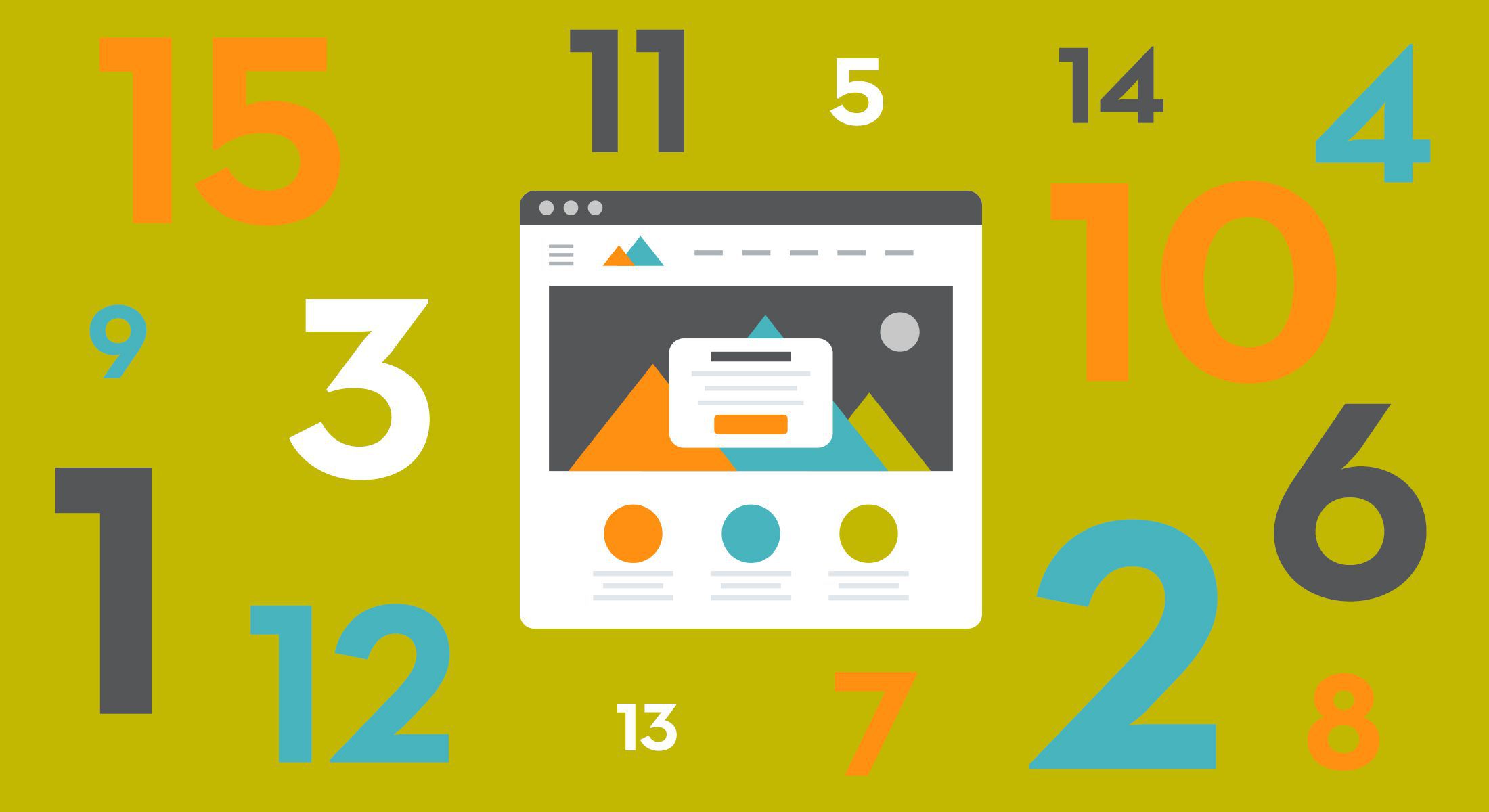What the 15 Second Page View Tells You
 So you’ve launched a brilliant campaign. You’re driving fantastic, qualified leads to critical campaign landing pages. You expect your analytics to show happy customers reading all of your strategically prepared content.
So you’ve launched a brilliant campaign. You’re driving fantastic, qualified leads to critical campaign landing pages. You expect your analytics to show happy customers reading all of your strategically prepared content.
Instead, you see this: people are spending 15 seconds on your key landing pages.
Yikes.
The uninitiated marketer might look at that and see failure. Scrap the campaign and give up. But, seasoned marketers know one metric doesn’t prove the value of a campaign, page or website. Individual metrics never tell the whole story.
Even more, “session time” or “time on page” might not even be the best metric to assess.
Here’s why:
(And it gets a little technical.)
The Technical Part
Google establishes “time on page” based on how long you stay on a page before requesting the next page on the same domain. Another way to say it is Google tracks the amount of time between calling for the first page of content from the server to calling for the last page of content from the server.
Since wherever visitors go after leaving your site is not on your domain/website, you’re not calling for a page of content on the server anymore. So, Google cannot tell how long you spent on the last page. It could be 15 seconds. Or 15 minutes. Google is going to list 0 seconds for that page. This throws off your average time spent.
Imagine now that the exit page is the same as your visitors’ entrance page. (This is also known as a “bounce.”) Your prospect might have come to your campaign’s landing page, read everything, forwarded the link to three people, and left. Google would still count that as 0 time spent.
This is why one metric never tells the full story.
That said:
Some Depressing Numbers
According to data collected by Chartbeat – compiled by analyzing a random sample of 2 billion page views across 2,000 sites – about 55% of readers spend 15 seconds actively viewing a page.
Which means by this point, I’ve lost most of you. If you’re still reading, thank you! Good material is yet to come.
If you filtered the Chartbeat data for articles (rather than random content) the numbers get a little better, but not much. This means websites have 15 seconds to convey key information and a call to action before someone simply stops reading.
An even more depressing number is 8 seconds. That’s how long the human attention span is these days.
(You can thank mobile for that: When is the last time you stood in line, watched a commercial, or reheated leftover dinner before your fingers started itching for your smartphone?)
This means you have 8 seconds to arrest someone’s attention, and 7 more seconds to convince them to officially invest in your page or to convert.
So what do you do with this information?
Light at the End of the Tunnel
You don’t have to knock yourself out trying to get visitors to spend minutes on your page. Matter of fact, some of the tried and true strategies will help convert more visitors, which is a far better metric to evaluate than “time spent.”
1) Don’t abandon long-form content.
There are lots of reasons to continue to write and post long-form, evergreen, engaging content. If you’ve read this far, you’ve already proven why: the right people will be interested in reading it.
Long-form content also helps with SEO, which helps your site to be found in the first place. It aids in establishing credibility – with both bots and with humans – and can help work toward a conversion.
But it has to be interesting, quickly.
2) Design for 15 seconds.
Take a look at your web pages. If you look at the page for 15 seconds, what leaves an impression? Is it what you hope your target audience or ideal client would be impressed by?
Look at your web pages again. Do you see a compelling call to action? You have a short time to convince someone to take the next step. If you manage to get that 15 second view, don’t lose the visitor with a lackluster or confusing call to action.
When we talk to clients about creating campaign landing pages or websites, we talk through everything: page titles, your first header, your images, your white space, your calls to action, content breaks, and all the details that contribute to making an impact.
3) Try not to sweat the 15 seconds.
15 seconds doesn’t sound like a lot of time. (It isn’t.) But consider whether you should sweat the 15 second visitors. You know you can’t convert everyone – not everyone is your target audience. Regardless of your brilliant targeting, you will get people coming in who aren’t a fit for your product, service, or company. Don’t sweat it – they’re not for you. Focus on the ones who spend more time, view more pages, or convert.
Whether your visitors are staying for 15 seconds or 15 minutes, one thing is certain: your pages have to be built to work. And for most businesses, that means built to convert. We can evaluate your website for effectiveness and offer suggestions to improve your SEO, design, content, and conversion potential. If you agree with the suggestions, we can implement the necessary tactics to fit your overall marketing strategy. Contact us today to get the process started, and turn your 15 seconds into conversions.
